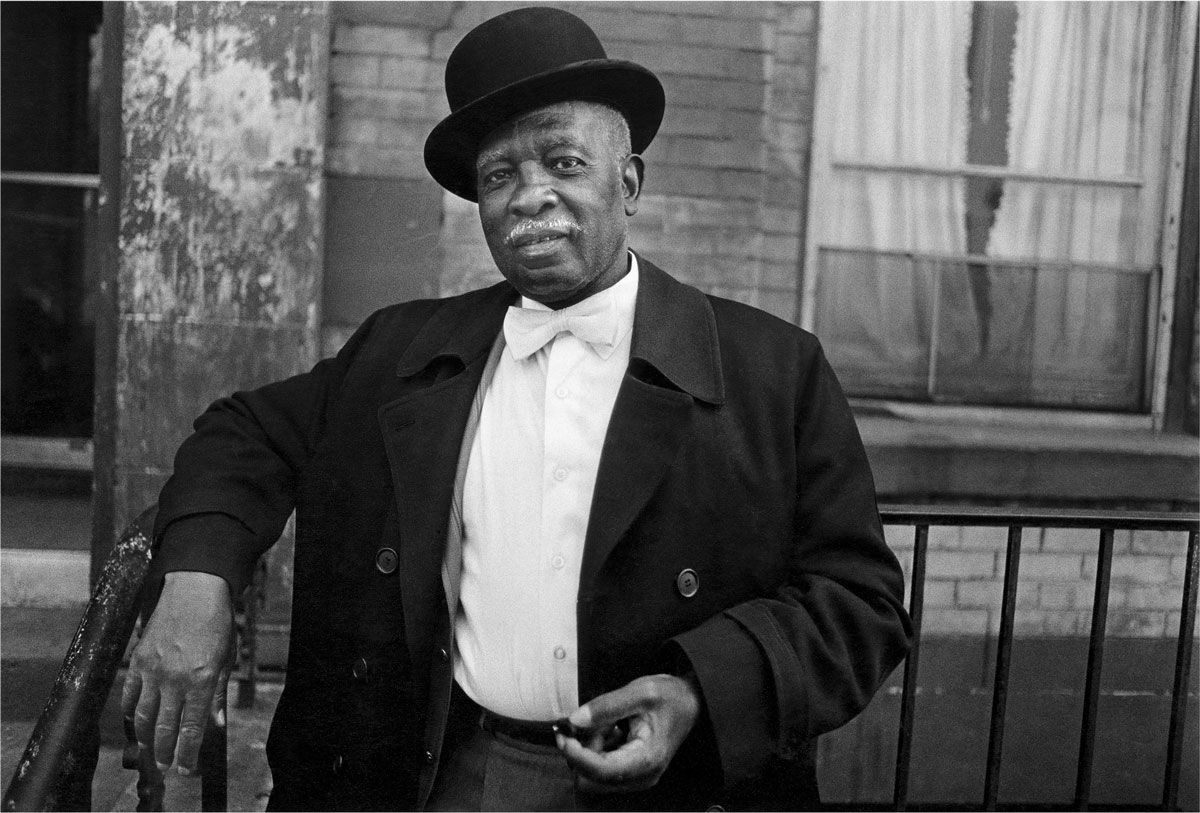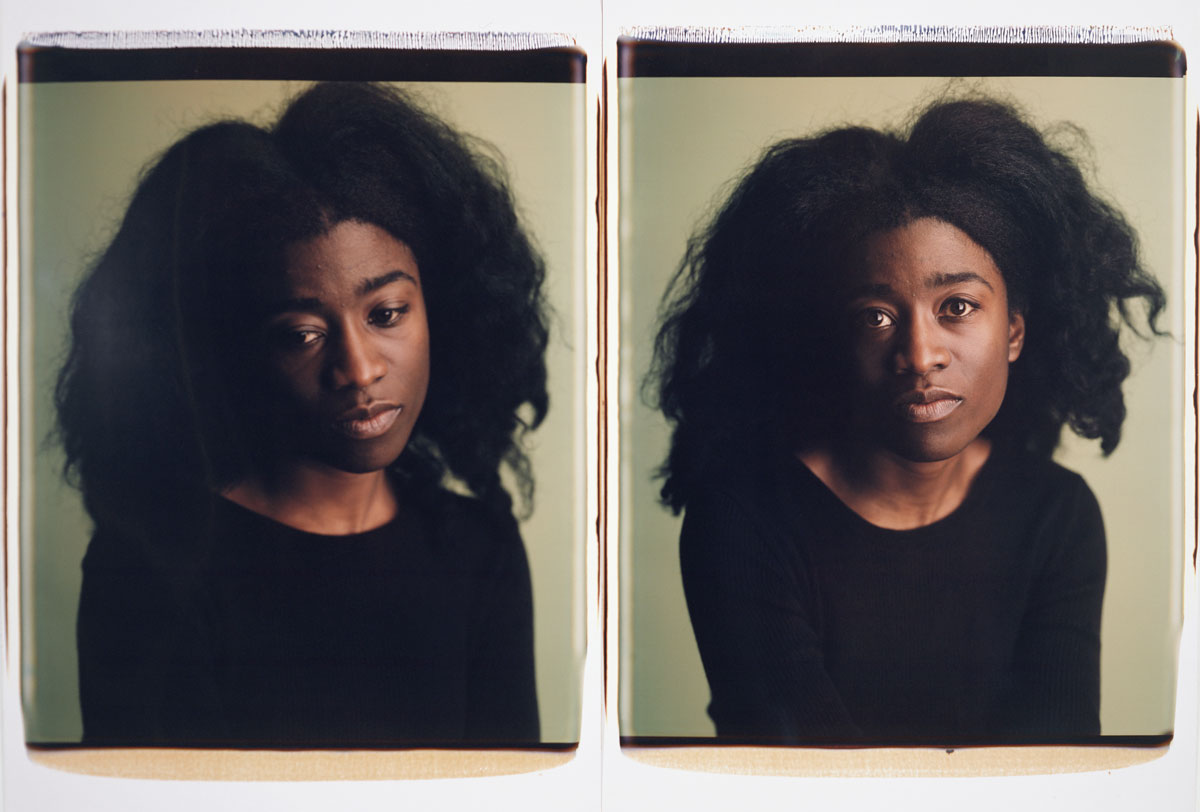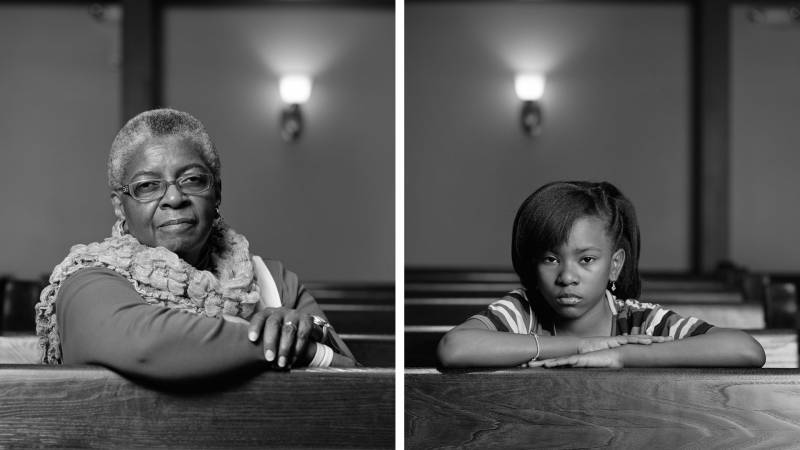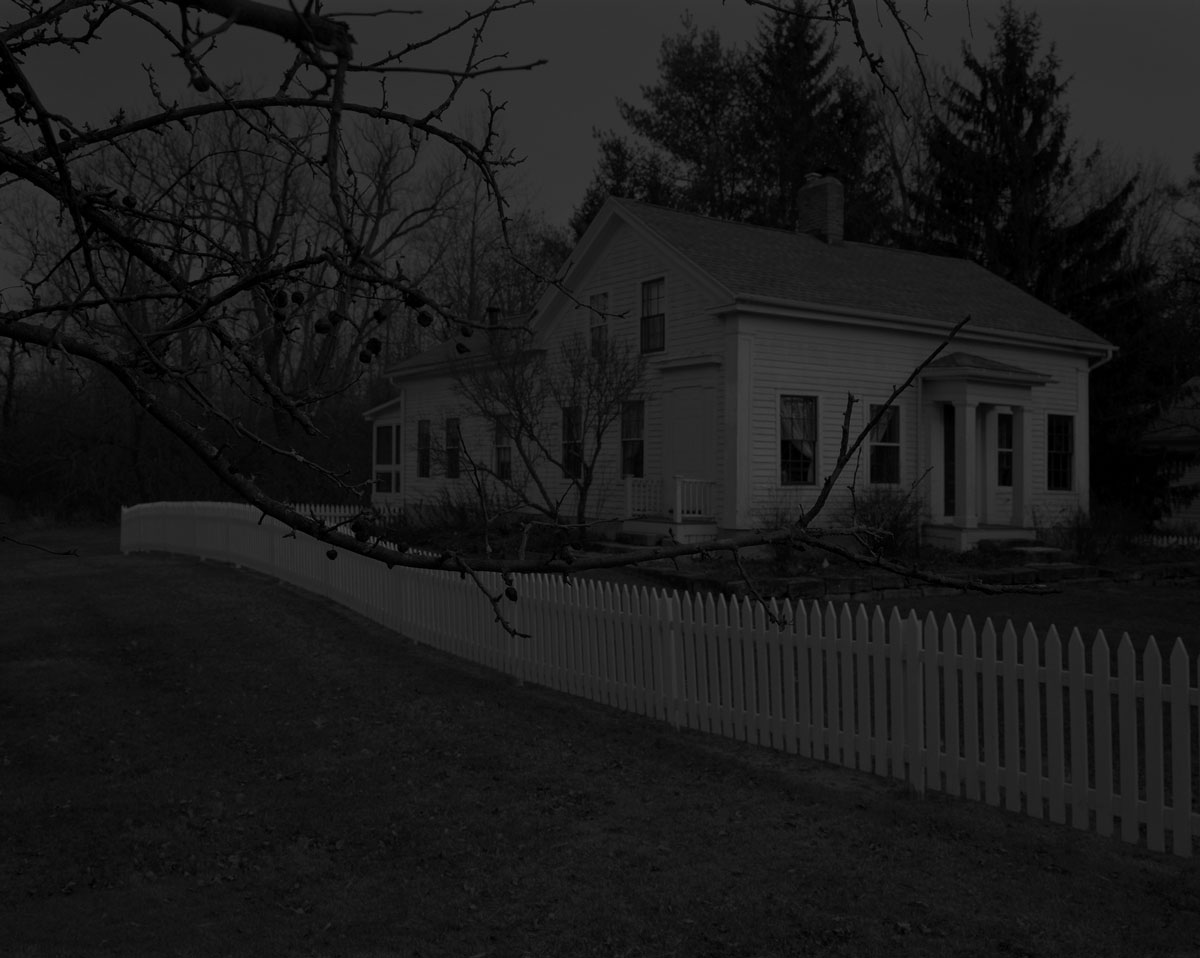Dawoud Bey’s retrospective, An American Project, is so full of people that it can’t help but feel a bit crowded. That is, it’s full of images of people, sometimes larger than life, the details of their clothing, surroundings and facial expressions shown in high relief. Premiering at the San Francisco Museum of Modern Art before journeying on to Atlanta’s High Museum of Art and later the Whitney, the show represents over four decades of years of Bey’s steadily focused career, one built on bringing images of black America (and its history) into fine art contexts.
Bey’s very career started with seeing himself in a fine art context: in the Metropolitan Museum’s widely criticized 1969 exhibition Harlem on My Mind. He arrived to catch a glimpse of and possibly participate in the Black Emergency Cultural Coalition’s protests of the show, which featured sociological photomurals of Harlem residents, but no work by black artists. Bey now says, “Fate had other plans.” Meeting no protests, he walked through the exhibition instead. It was the first time he’d seen photographs of ordinary African American people take up space in a museum.
Ten years later, Queens-born Bey exhibited the series Harlem, U.S.A. at the Studio Museum in Harlem, a direct answer to that formative experience of his teenage years. In these photographs, Bey captures ordinary people living ordinary lives: children ham for the camera, women in fancy hats sit in church or line a parade route, a barber strikes a casual pose in his shop. This is not street photography of the sneaky Lee Friedlander or Walker Evans variety—Bey’s subjects seem aware of his camera, willing participants in the exchange.

As An American Project moves chronologically and thematically between Bey’s bodies of work, curators Corey Keller and Elisabeth Sherman make clear the flow of his practice, which builds on previous approaches and often begins with a connection to a particular institution. In a series created during a residency at Light Work in Syracuse, New York, Bey again used a handheld 35mm camera (as he did for Harlem, U.S.A.) to photograph the city’s African American community. In these works, all from the mid-’80s, Bey’s compositions shift into more dynamic presentations of three-dimensional space. The hard diagonal lines of shadows become just as important as people.
Over time, Bey’s street photographs morph into more formal portraiture with the help of a larger camera, then move indoors and become colorful, even fractured. In one work from 1993, three separate prints capture five young people (Sharmaine, Vincent, Joseph, Andre and Charlie, Chicago, IL), their poses and relationships to one another shifting over the span of each large-scale Polaroid image. Where Harlem, U.S.A. depicted people rooted in their neighborhood, these portraits are all about interpersonal relationships—people as surroundings.

The culmination of these material experiments and sustained exercises in capturing images of specific groups (teenagers, artists, Harlem residents) is The Birmingham Project, a series again connected to an institution, this time the Birmingham Museum of Art. To mark the 50th anniversary of the 1963 Ku Klux Klan bombing of Birmingham’s 16th Street Baptist Church, which killed four girls and sparked citywide violence that later led to the death of two boys, Bey created six diptychs. Their conceit is simple: in one image sits a child the same age as one of the boys or girls when they died; in the other sits a man or woman the age that child would now be. These unrelated surrogates—and the 50 years of life between them—evoke in straightforward and unequivocal terms the loss of possibility that racism and racist violence create.




